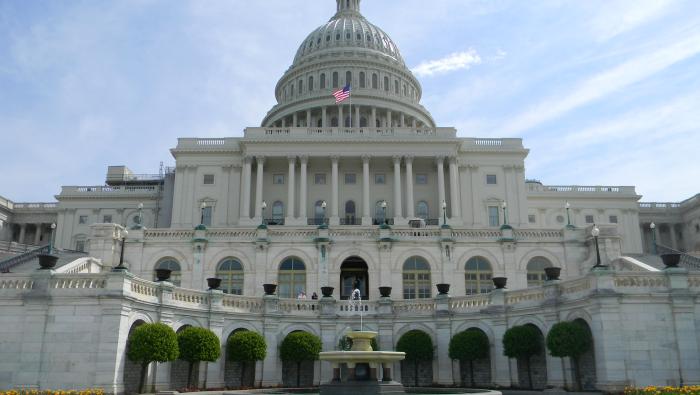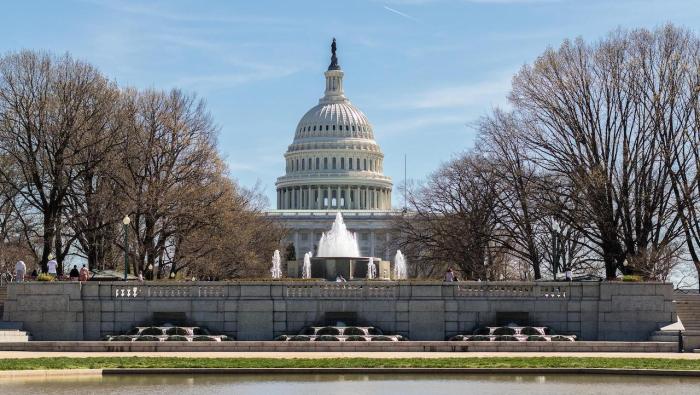Recently published FAA Advisory Circular AC 25.933-1 provides guidelines for large aircraft manufacturers to comply with updated safety regulations aimed at preventing dangerous thrust reversals during flight. The document stems from recent amendments to FAA Part 25 airworthiness regulations that take effect September 24 and require system safety assessments for key systems such as flight controls and powerplants.
It also highlights the increased risk of unwanted reverser deployments in modern aircraft. “As the predominant configuration of large transport-category airplanes has developed into a high-bypass-ratio twin-engine-powered models, recovery from an unwanted in-flight thrust reversal have decreased,” the circular says.
New regulations require reversers and other systems to be designed so that “the occurrence of any failure condition that would prevent the continued safe flight and landing of the airplane is extremely improbable.” Other failure conditions also could not reduce the capability of the airplane or the ability of the crew to cope with them.
While the Part 25 amendments seek to limit the effect or likelihood of an unwanted thrust reversal during flight, “service experience has shown the need to further amend requirements. The currently amended rule, and this related advisory material, are intended to allow manufacturers to provide assurance in a manner that recognizes there may be limitations in the airplane design, thereby maximizing both the design flexibility and safety provided by compliance with the rule.”






